
GeoSphere Austria. | ☀️ @erc.europa.eu HELIO4CAST | funded by @fwf-at.bsky.social | https://helioforecast.space | https://geosphere.at/en/topics/disaster-protection/space-weather


credits: Herman Scheer / foto-webcam.eu
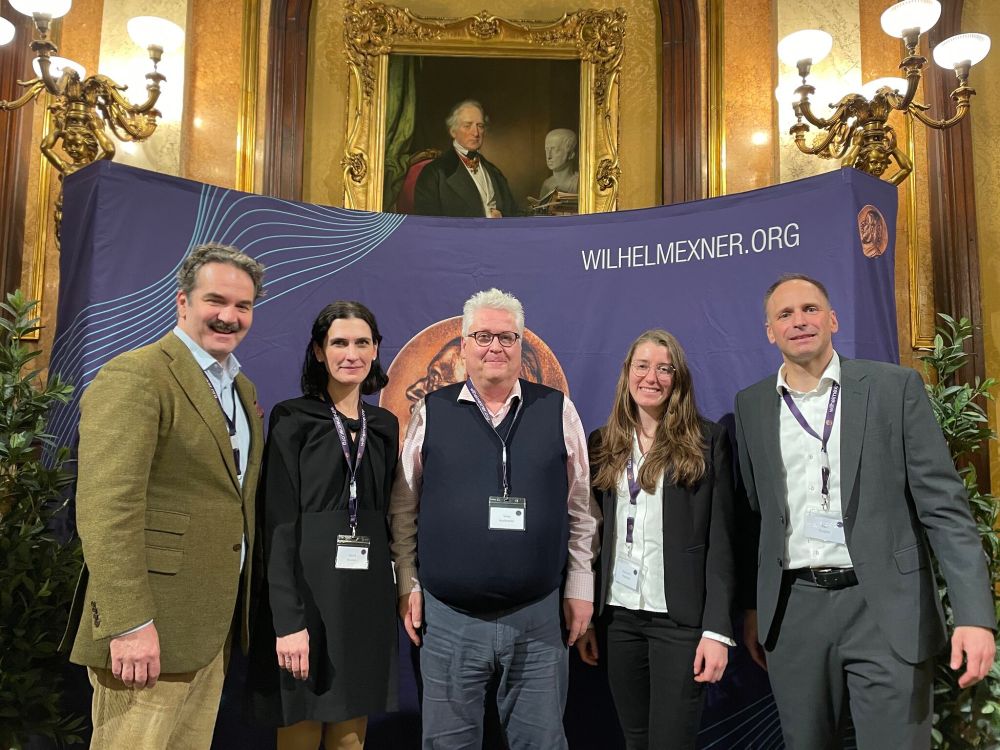

Guess which 🤔
First the solar source as imaged in extreme ultraviolet by NASA/SDO:
Guess which 🤔
First the solar source as imaged in extreme ultraviolet by NASA/SDO:
The Kanzelhöhe Observatory @uni-graz.at imaged the flare too!


The Kanzelhöhe Observatory @uni-graz.at imaged the flare too!
worldview.earthdata.nasa.gov
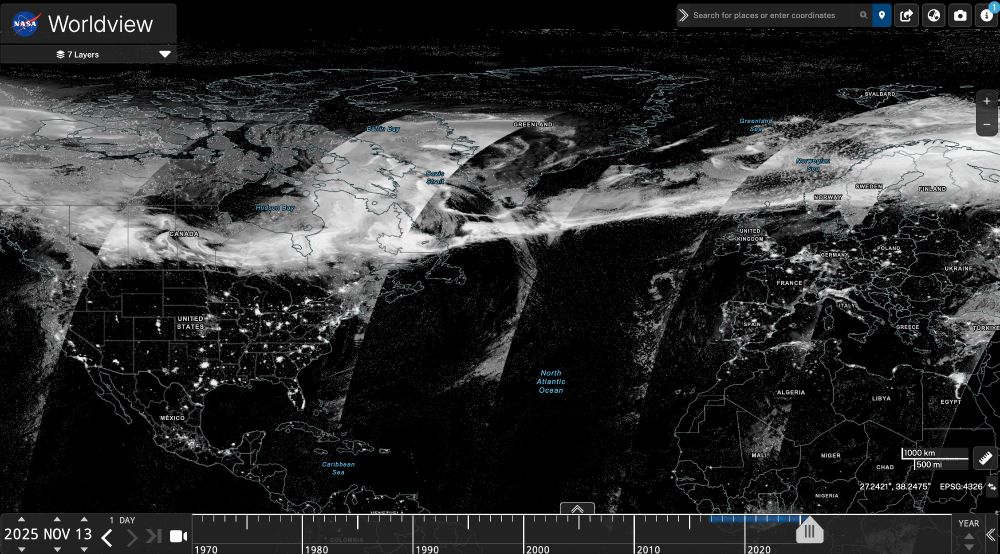
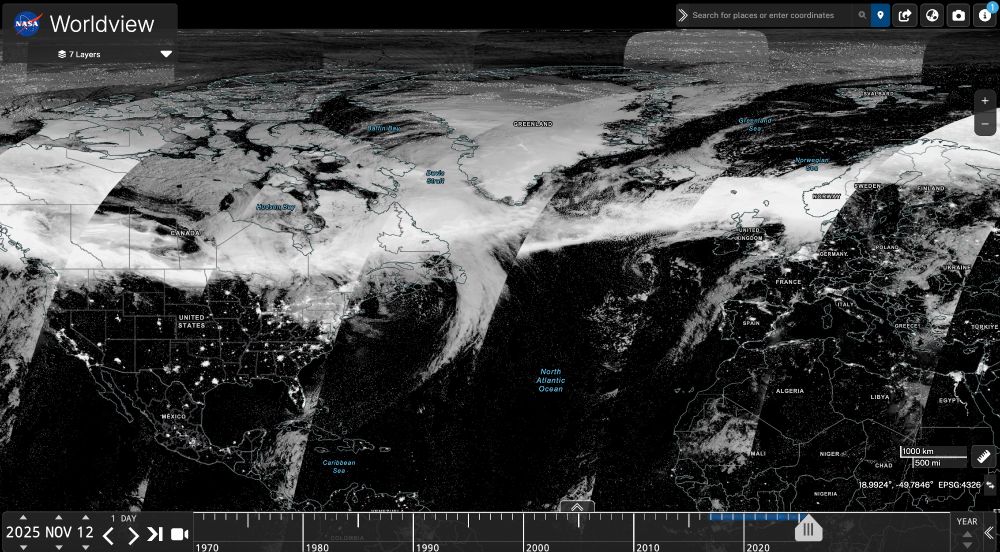
worldview.earthdata.nasa.gov


Happy #aurora hunting at high- and mid latitudes!


Happy #aurora hunting at high- and mid latitudes!

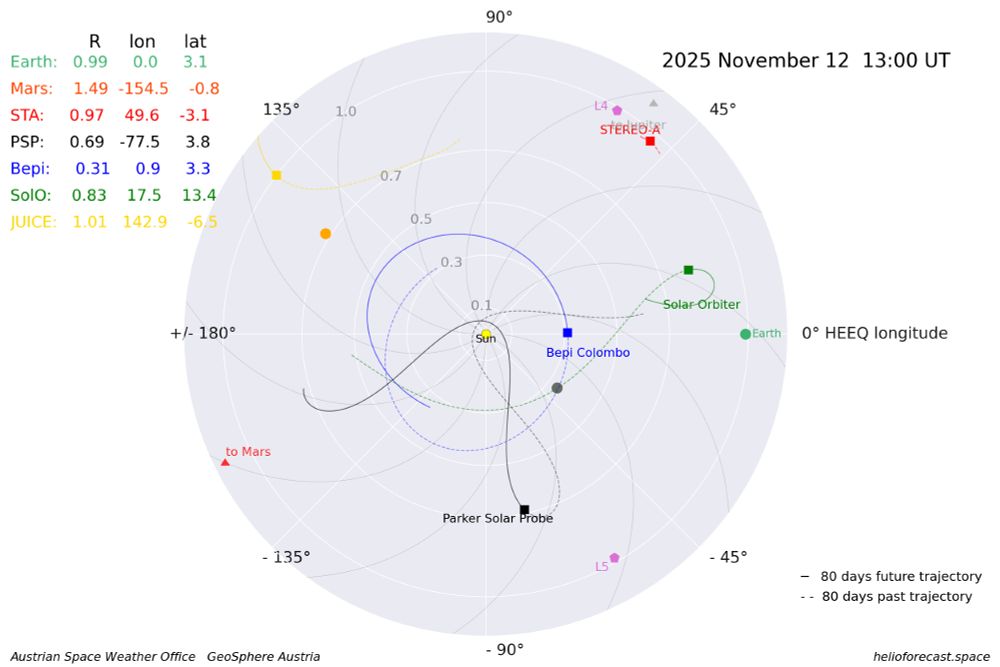
Zeitraffer vom Sonnensturm heute morgen. Aufgenommen auf der Koralpe, 46°47'48"N 14°57'17"E.
#Timelapse #MidLatitude #NorthernLights #Stormhour
cc @alpenwetter.bsky.social @nikzimmer87.bsky.social @aswogeosphere.bsky.social @kachelmannwetter.com @marcuswadsak.bsky.social
credits: Herman Scheer / foto-webcam.eu


credits: Herman Scheer / foto-webcam.eu




Airborne instruments are still operating to collect the end of the event
#spaceweather #aviation #avgeek
Airborne instruments are still operating to collect the end of the event
#spaceweather #aviation #avgeek


👇
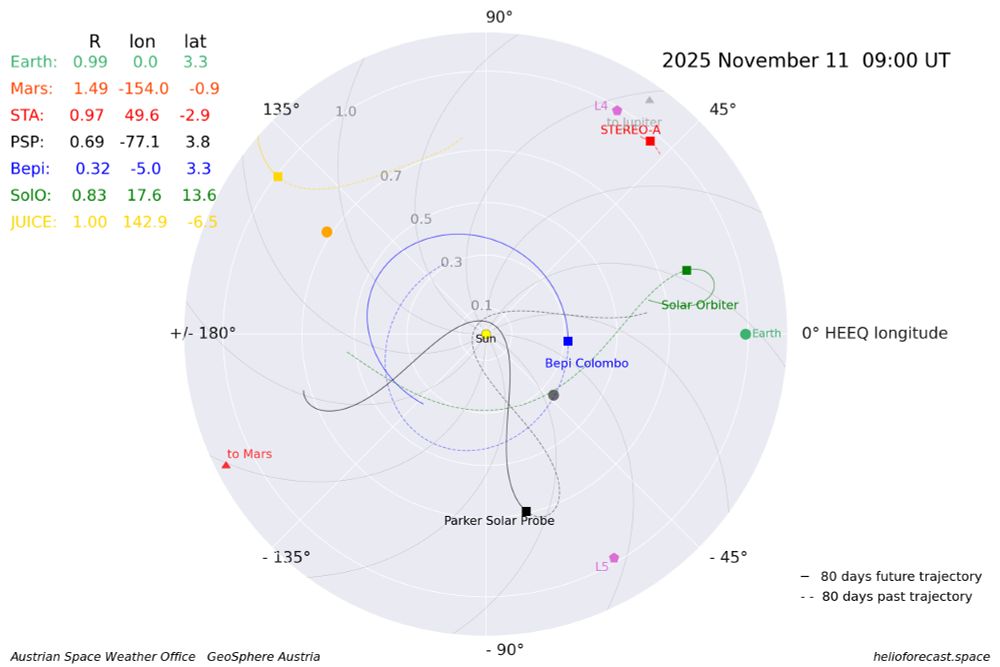
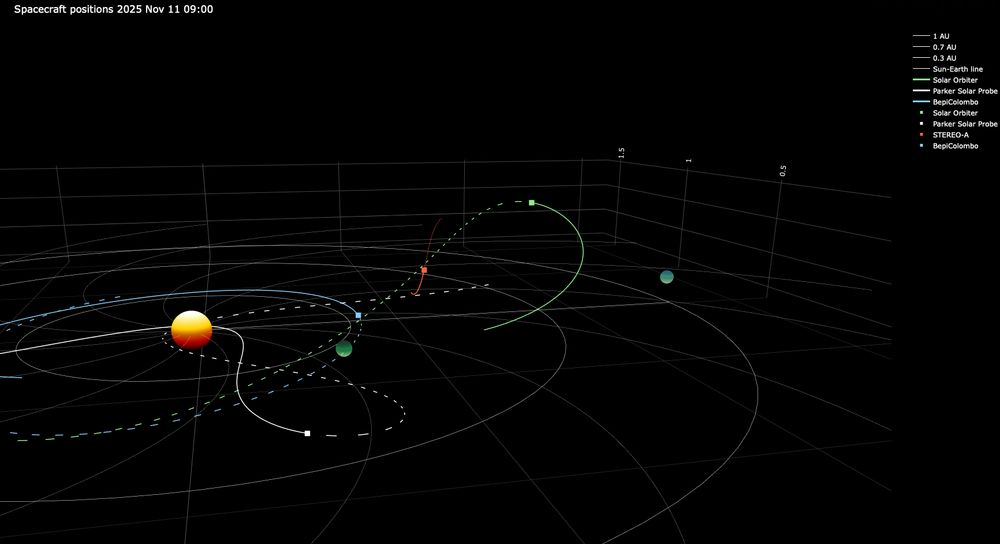
👇
The CME is expected to arrive Tuesday, 11 November, around 20:00 UTC (21:00 CET).
Let’s hope for a better aurora show than on Friday🤞🌌
The CME is expected to arrive Tuesday, 11 November, around 20:00 UTC (21:00 CET).
Let’s hope for a better aurora show than on Friday🤞🌌

"ML-Helio Early Career Award" for her contributions to AI based detection of solar storms - congrats!!
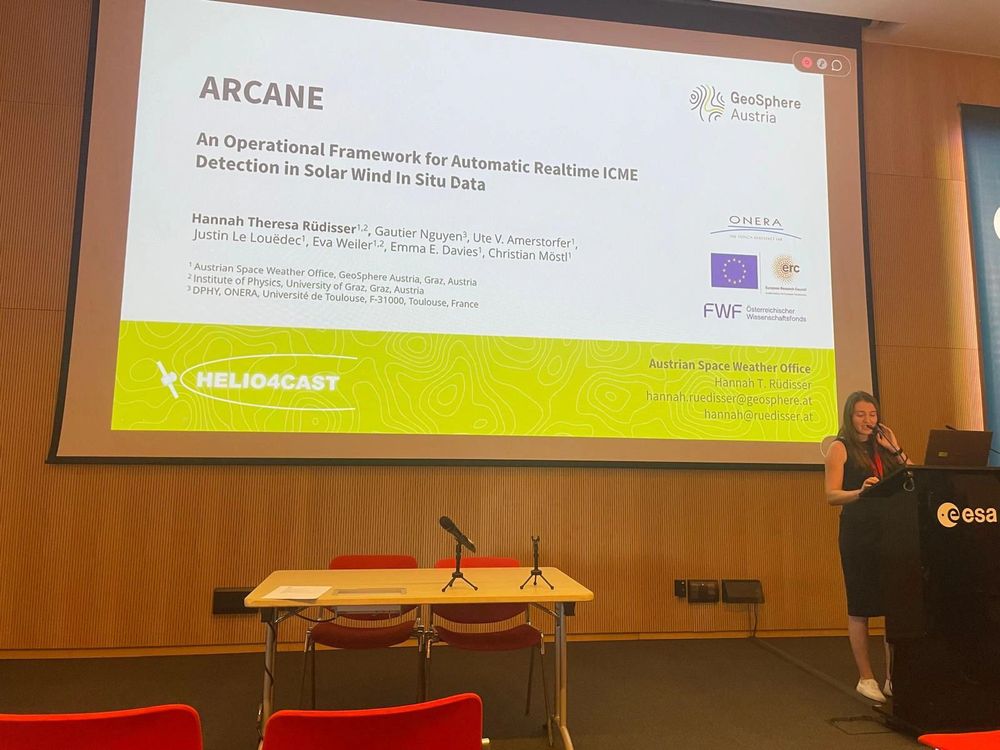


"ML-Helio Early Career Award" for her contributions to AI based detection of solar storms - congrats!!

👇
geosphere.at/de/aktuelles...

👇
geosphere.at/de/aktuelles...







